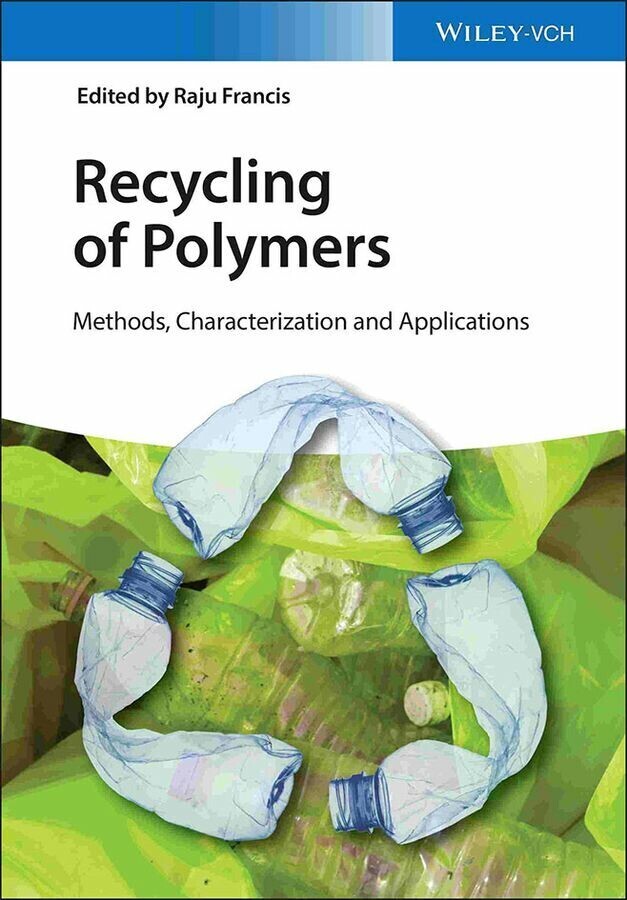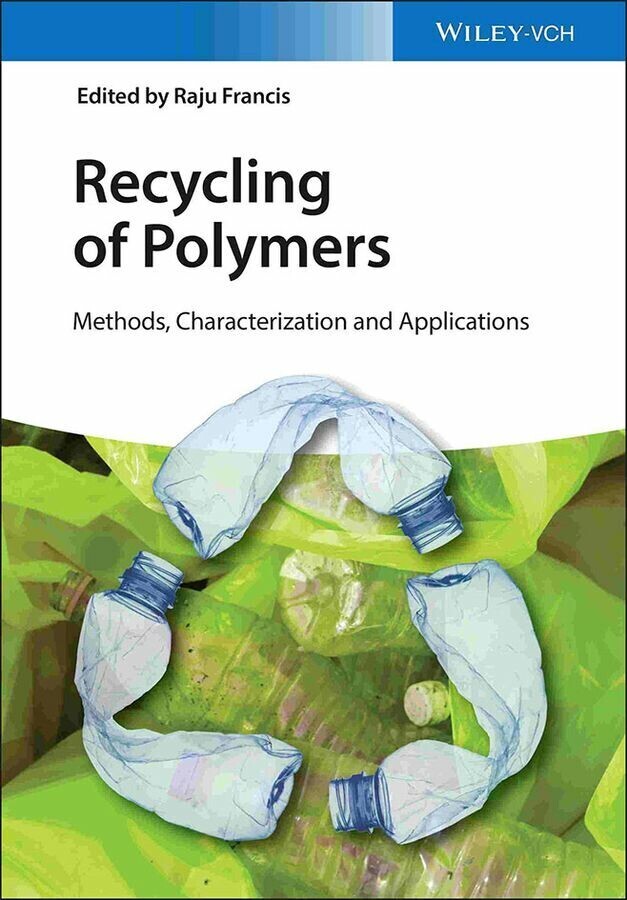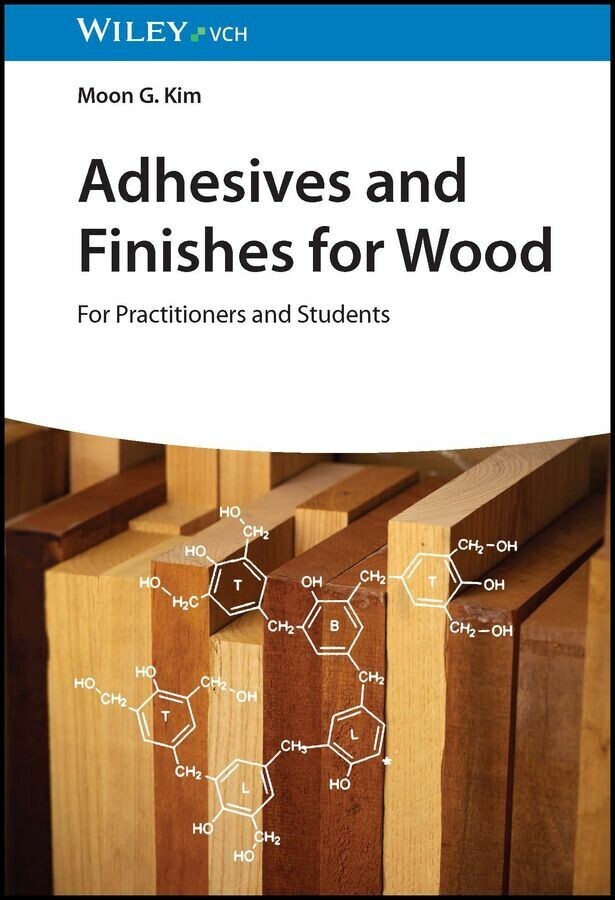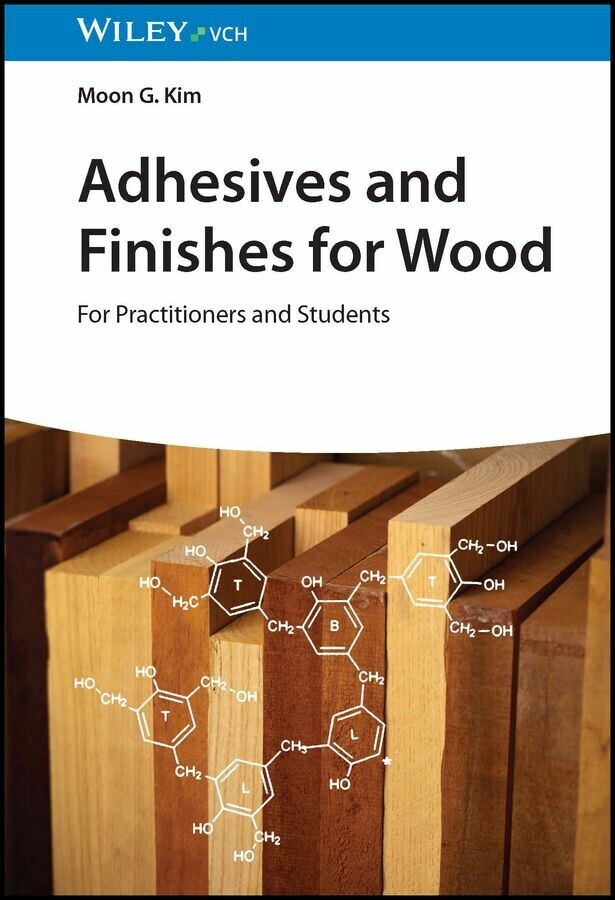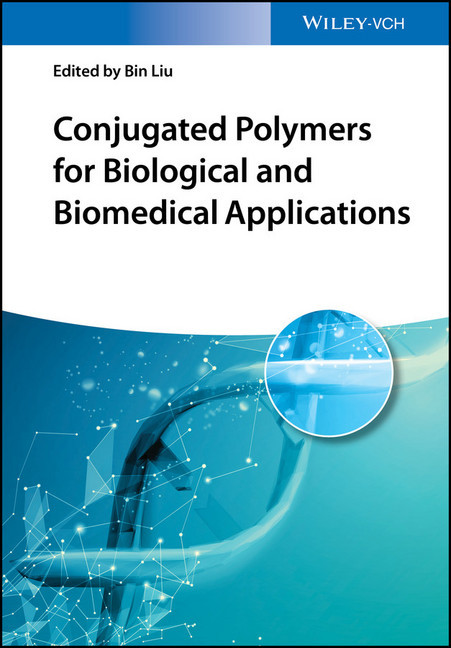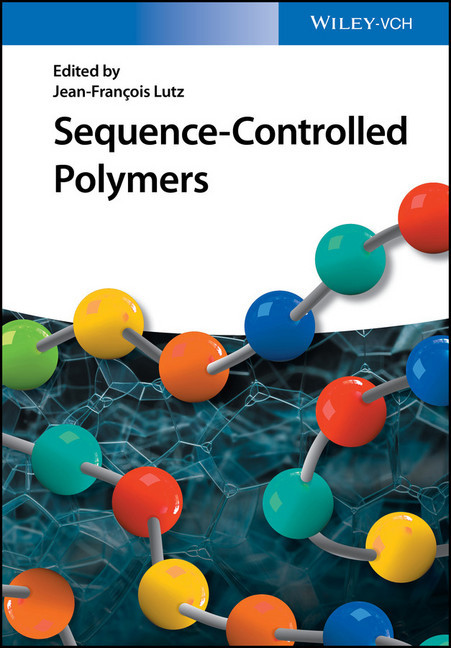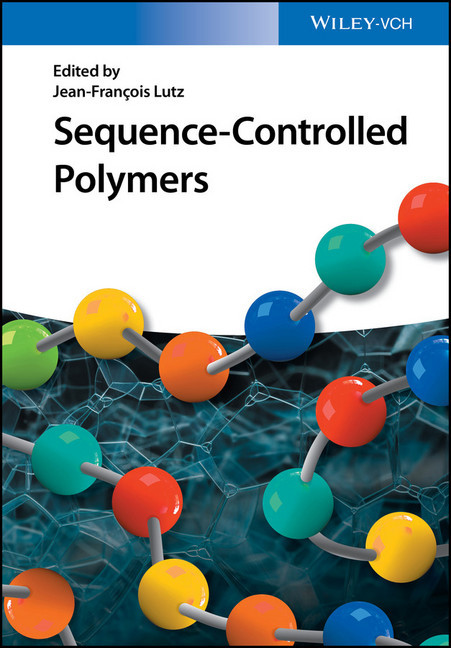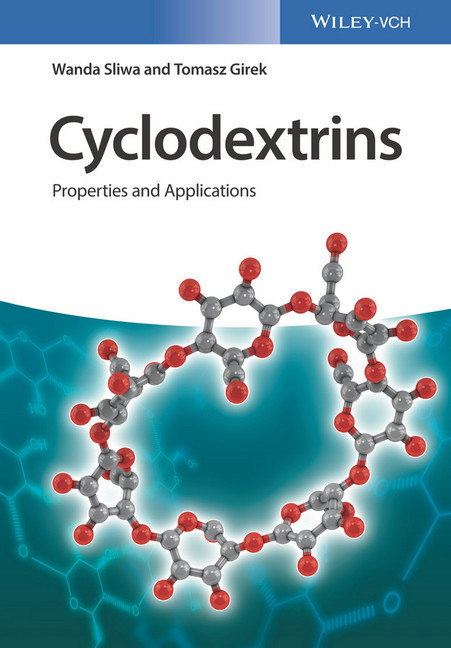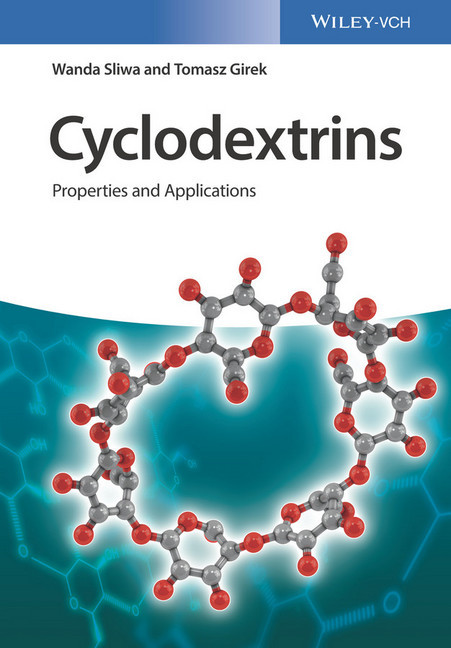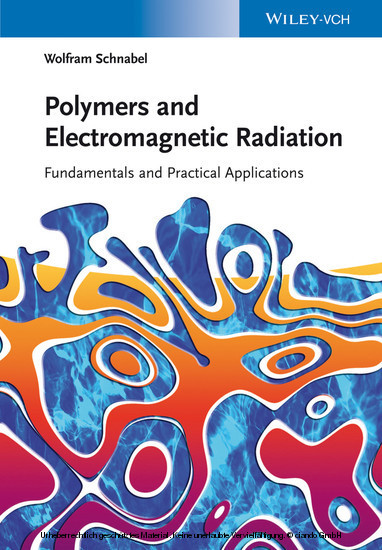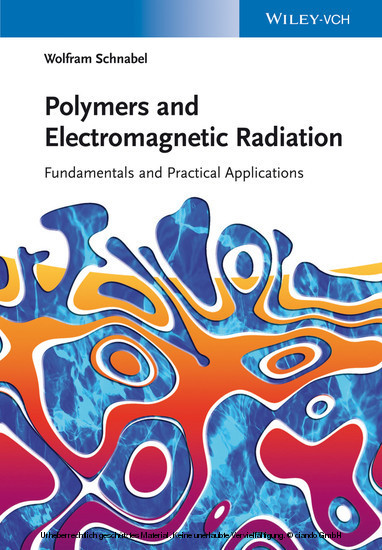Recycling of Polymers
This timely reference on the topic is the only book you need for a complete overview of recyclable polymers.
Following an introduction to various polymer structures and their resulting properties, the main part of the book deals with different methods of recycling. It discusses in detail the recycling of such common polymers as polyethylene, polypropylene and PET, as well as rubbers, fibers, engineering polymers, polymer blends and composites. The whole is rounded off with a look at future technologies and the toxicological impact of recycled polymers.
An indispensable reference source for those working in the field, whether in academia or industry, and whether newcomers or advanced readers.
Raju Francis is associate professor at Mahatma Gandhi University, Kottayam, India. He obtained his PhD degree in chemistry from NIIST (RRL-T), University of Kerala, India, in 1998 and completed his postdoc at the University of Bordeaux, France, and at the University of Florida, USA. He was an exchange visitor at Toyo University, Japan, and at King Abdullah University of Science & Technology, Saudi Arabia.
His research interests include polymer-synthesis and applications, hybrid materials and environmental chemistry.
1;Cover;1 2;Title Page;5 3;Copyright;6 4;Contents;7 5;Preface;13 6;List of Contributors;17 7;Abbreviations;19 8;Chapter 1 Introduction;21 8.1;1.1 Introduction;22 8.1.1;1.1.1 Why Recycling?;22 8.1.2;1.1.2 Sources of Waste;22 8.1.3;1.1.3 Plastics;23 8.1.4;1.1.4 Recycling of Plastics;23 8.1.5;1.1.5 Municipal Solid Waste;24 8.1.6;1.1.6 Various Stages of Recycling Plastic Wastes;26 8.1.7;1.1.7 Additives;26 8.1.8;1.1.8 Mixed Plastics;28 8.1.9;1.1.9 Composites;28 8.2;1.2 Conclusion;28 8.3;References;29 9;Chapter 2 Common Additives used in Recycling of Polymers;31 9.1;2.1 Review on Different Additives Used in Polymer Recycling;31 9.1.1;2.1.1 Introduction;31 9.1.1.1;2.1.1.1 Challenges in Recycling - Need for Additives;31 9.1.1.2;2.1.1.2 Equipment for Additive Processing;32 9.1.2;2.1.2 Different Types of Additives;32 9.1.2.1;2.1.2.1 Stabilizing Agents;34 9.1.2.2;2.1.2.2 Compatibilizers;39 9.1.2.3;2.1.2.3 Antioxidants;41 9.1.2.4;2.1.2.4 Impact Modifiers;43 9.1.2.5;2.1.2.5 Fillers and Modifiers;45 9.1.2.6;2.1.2.6 Antistatic Agents;46 9.1.2.7;2.1.2.7 Coloring Agents;46 9.1.2.8;2.1.2.8 Flame Retardants;47 9.1.2.9;2.1.2.9 Lubricants;48 9.1.2.10;2.1.2.10 Plasticizers;48 9.1.2.11;2.1.2.11 Antibacterial or Antimicrobial Additives;49 9.1.2.12;2.1.2.12 Coupling Agents;49 9.1.3;2.1.3 Conclusion;50 9.2;References;50 9.3;2.2 Recent Trends and Future of Polymer Additives in Macromolecular Recycling Technology: A Brief Overview;51 9.3.1;2.2.1 Introduction;51 9.3.2;2.2.2 Miscellaneous Additives;52 9.3.2.1;2.2.2.1 Nucleating Agents;52 9.3.2.2;2.2.2.2 Reinforcing Agents or Fillers;53 9.3.2.3;2.2.2.3 Optical Brighteners;56 9.3.2.4;2.2.2.4 Surface Improvers;57 9.3.2.5;2.2.2.5 Antiblocking Additives;59 9.3.2.6;2.2.2.6 Blowing Agents (Foaming Agents);59 9.3.2.7;2.2.2.7 Antifogging Agents;61 9.3.3;2.2.3 New Trends in Additives Technology;63 9.3.3.1;2.2.3.1 Advances in Stabilizers;66 9.3.3.2;2.2.3.2 Advances in Flame Retardants (FRs);66 9.3.3.3;2.2.3.3 Advances in Plasticizers;67 9.3.3.4;2.2.3.4 Advances in Coloring Agents;67 9.3.3.5;2.2.3.5 Advances in Fillers;68 9.3.3.6;2.2.3.6 Advances in Other Additive Classes;68 9.3.3.7;2.2.3.7 Multifunctional Additives;69 9.3.4;2.2.4 Conclusion;69 9.4;References;70 10;Chapter 3 Methods of Recycling;75 10.1;3.1 Methods of Recycling of Polymers: Addition Polymers;75 10.1.1;3.1.1 Introduction;75 10.1.2;3.1.2 Primary Recycling;78 10.1.3;3.1.3 Mechanical Recycling (or Secondary Recycling);78 10.1.4;3.1.4 Chemical or Feedstock Recycling (Tertiary Recycling);79 10.1.5;3.1.5 Energy Recovery (Quaternary Recycling);80 10.1.6;3.1.6 Chemical Recycling of Polyethylene (LDPE and HDPE);82 10.1.6.1;3.1.6.1 Introduction;82 10.1.6.2;3.1.6.2 Thermolysis Schemes and Technologies;83 10.1.6.3;3.1.6.3 Reactor Types;85 10.1.7;3.1.7 Polyolefin Thermal Cracking;86 10.1.7.1;3.1.7.1 Catalytic Degradation;86 10.1.8;3.1.8 Chemical Recycling of Polypropylene;87 10.1.8.1;3.1.8.1 Introduction;87 10.1.8.2;3.1.8.2 Pyrolysis;89 10.1.8.3;3.1.8.3 Co-pyrolysis;90 10.1.8.4;3.1.8.4 Catalytic Cracking;91 10.1.9;3.1.9 Chemical Recycling of Polystyrene;95 10.1.9.1;3.1.9.1 Introduction;95 10.1.9.2;3.1.9.2 Recycling Methods for Polystyrene Products;96 10.1.9.3;3.1.9.3 Future Prospects;103 10.1.10;3.1.10 Chemical Recycling of Poly(vinyl chloride);103 10.1.10.1;3.1.10.1 Introduction;103 10.1.10.2;3.1.10.2 Mixed Plastic Recycling Processes;106 10.1.10.3;3.1.10.3 Mixed PVC Wastes World Initiatives;108 10.1.10.4;3.1.10.4 The BASF Feedstock Recycling Process;108 10.1.10.5;3.1.10.5 Veba Combi Cracking Process;110 10.1.11;3.1.11 Chemical Recycling of Poly(methyl methacrylate);110 10.1.11.1;3.1.11.1 Introduction;110 10.1.11.2;3.1.11.2 Dissolution/Reprecipitation;111 10.1.11.3;3.1.11.3 Chemical/Feedstock Recycling;112 10.2;References;113 10.3;3.2 Methods of Recycling of Polymers: Condensation Polymers;121 10.3.1;3.2.1 Introduction;121 10.3.2;3.2.2 Chemical Recycling of Nylon;121 10.3.2.1;3.2.2.1 Introduction;121 10.3.2.2;3.2.2.2 Recycling Methods;121 10.3.3;3.2.3 Chemical Rec
Francis, Raju
| ISBN | 9783527689033 |
|---|---|
| Artikelnummer | 9783527689033 |
| Medientyp | E-Book - PDF |
| Copyrightjahr | 2016 |
| Verlag | Wiley-VCH |
| Umfang | 285 Seiten |
| Sprache | Englisch |
| Kopierschutz | Adobe DRM |

